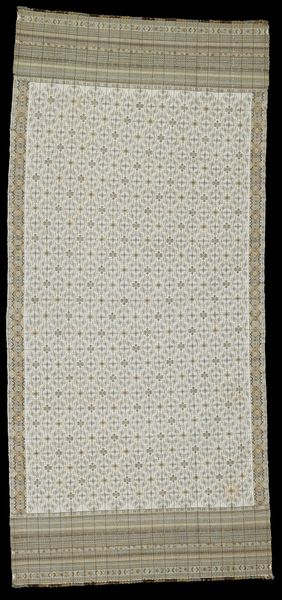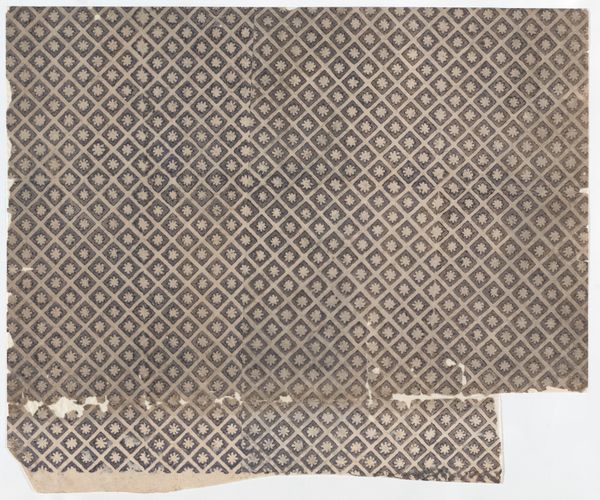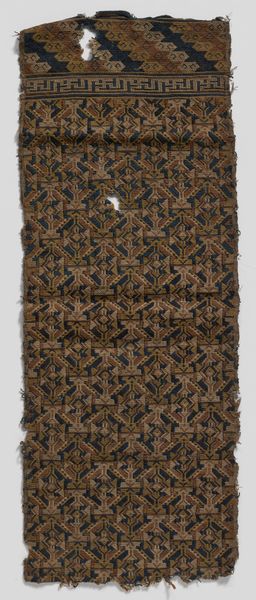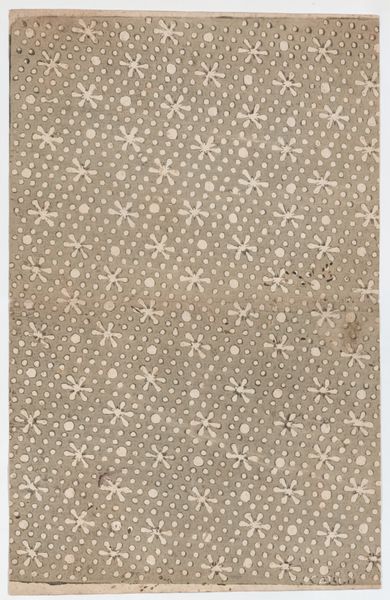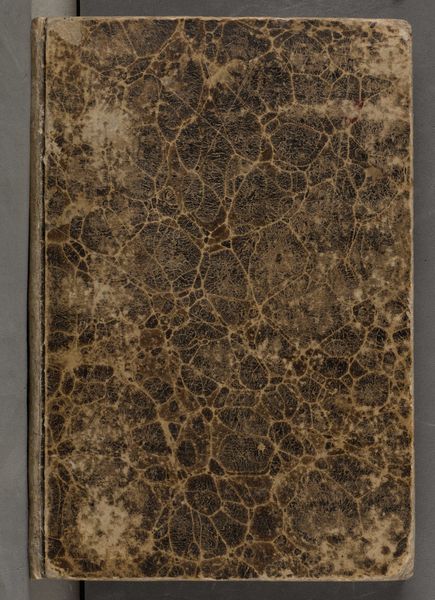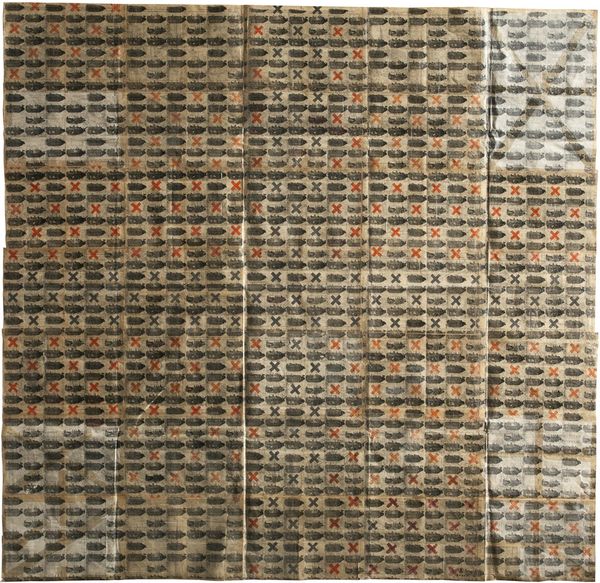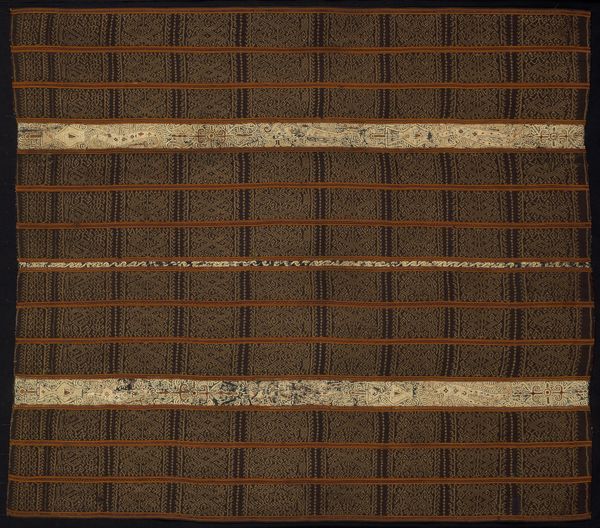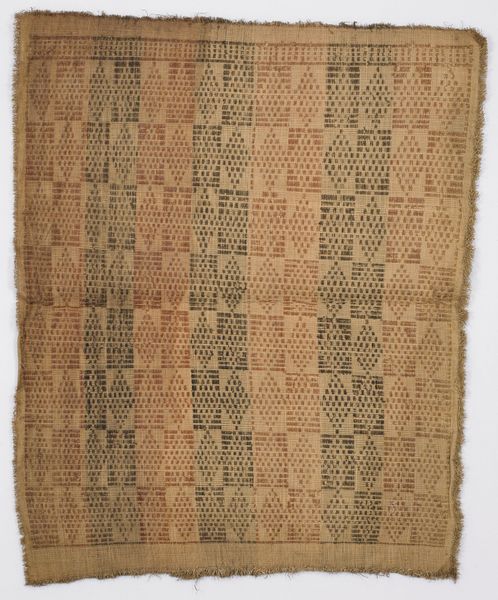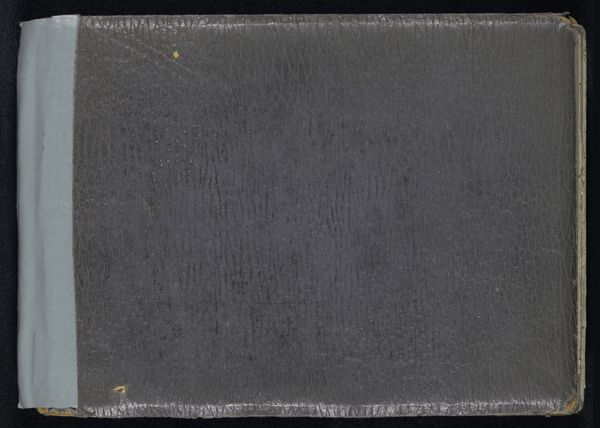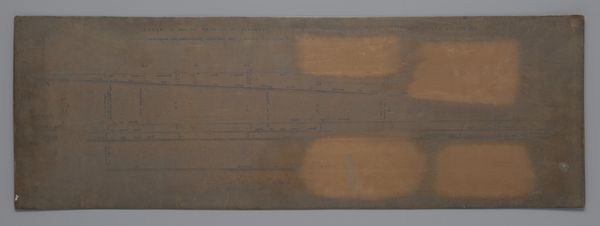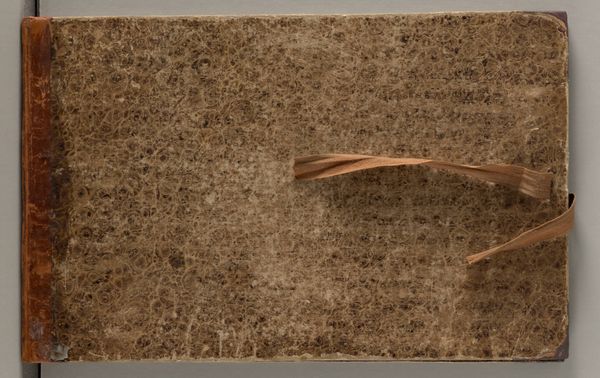
drawing, paper
#
drawing
#
16_19th-century
#
paper
#
german
Copyright: Public Domain
This is a sketchbook made by Ludwig Metz, likely in the mid-19th century, with paper, board, and cloth. These materials may seem simple, but they each have a story to tell. The paper, of course, would have been pulped from rags or wood, then processed and pressed. The coverboard, similarly, would have been manufactured from waste paper. The cloth binding, possibly linen or cotton, speaks to textile production. The patterned design on the cover hints at mechanized printing. These standardized materials and techniques made knowledge and creativity more accessible to the burgeoning middle class. Metz’s sketchbook thus encapsulates a pivotal moment, when industrialization intersected with artistic practice. By considering the sketchbook's materials and manufacture, we recognize that even an object intended for personal use is embedded in a wider social and economic context. It also reminds us that the seemingly humble crafts of paper-making and bookbinding are essential to the history of art.
Comments
No comments
Be the first to comment and join the conversation on the ultimate creative platform.
